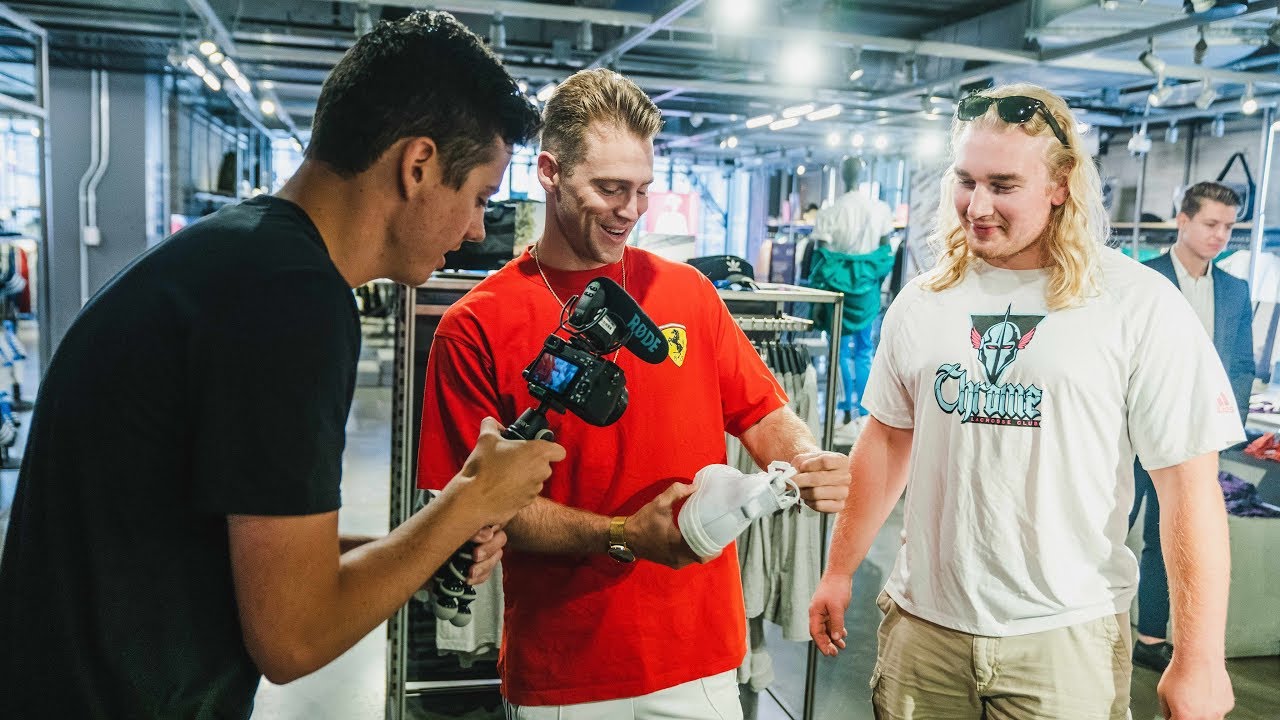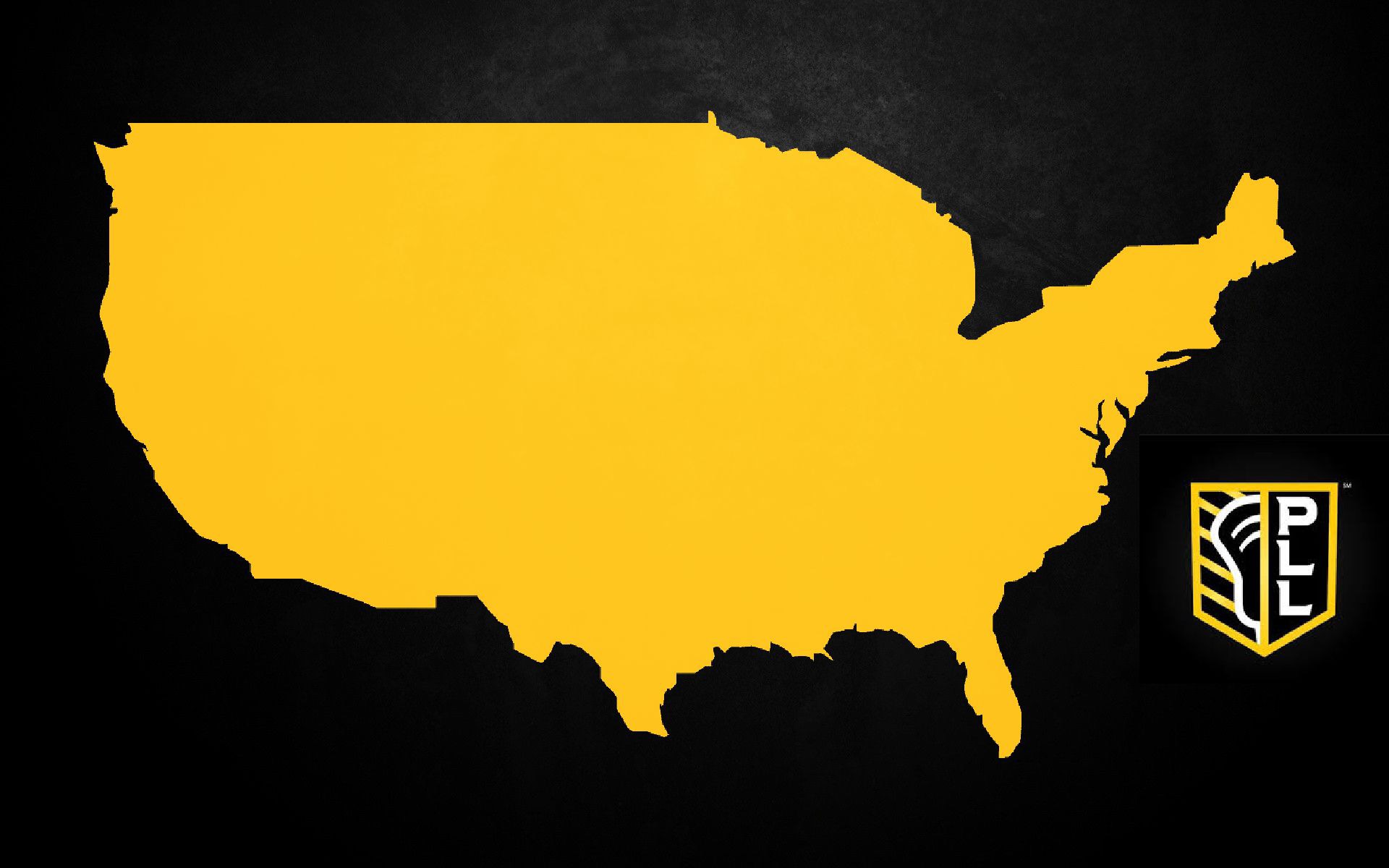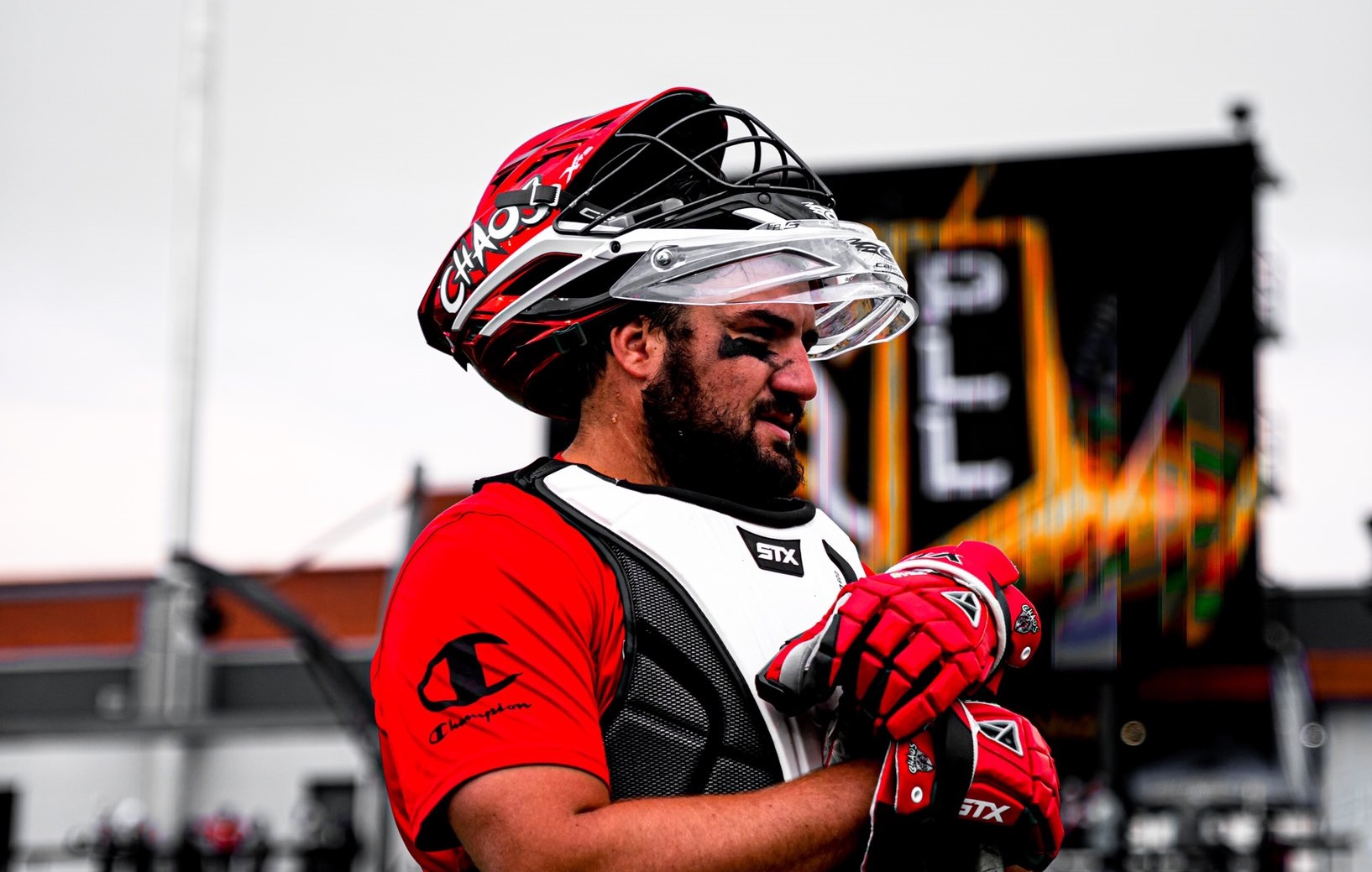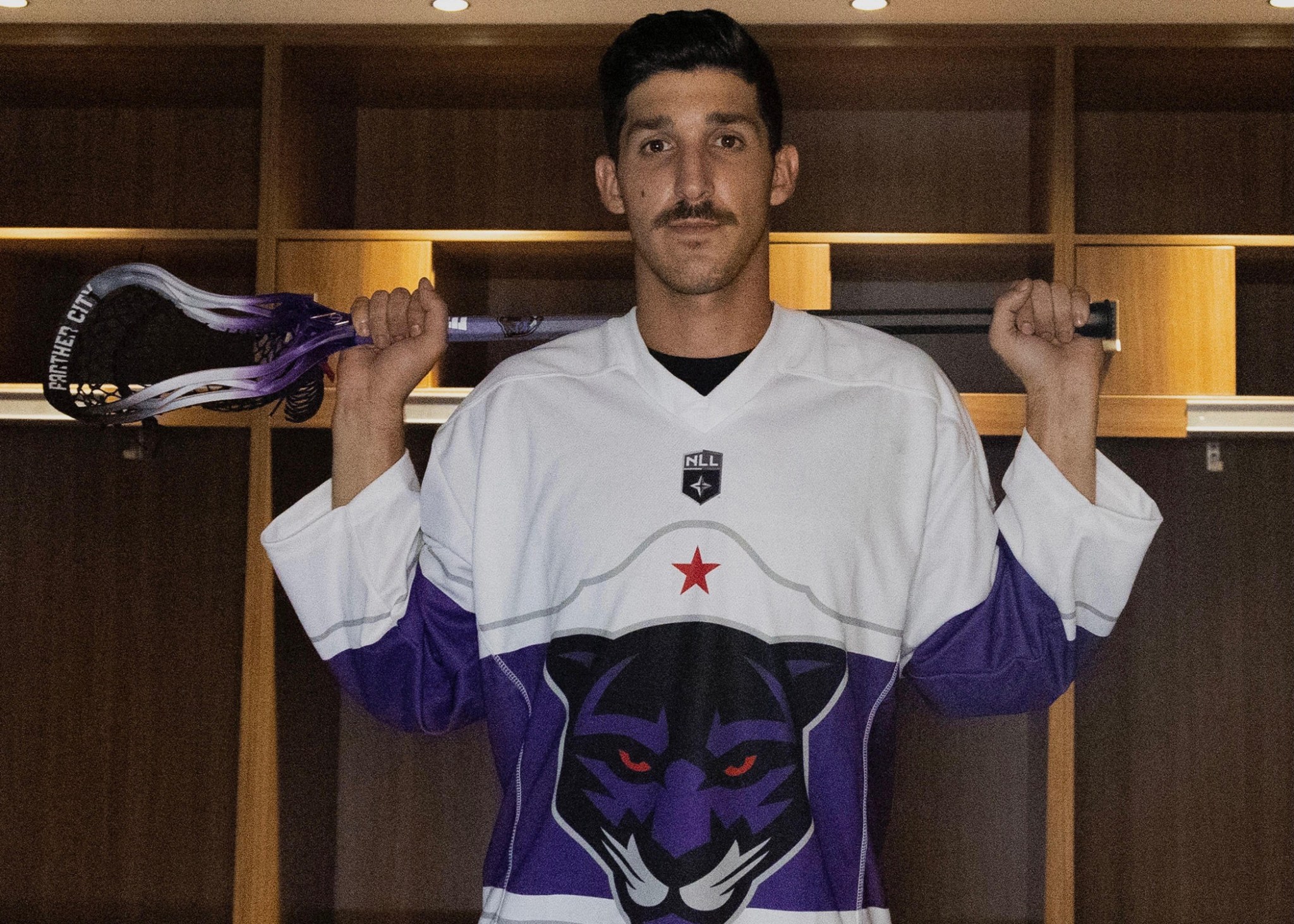When the PLL was announced in 2018, lacrosse fans were told it would elevate the professional field lacrosse game. The league touted top players, premium venues and a broadcast deal with NBC as proof that lacrosse was reaching the next level. But the PLL had something else to separate itself from virtually every other team sports league in the professional landscape: the touring model.
For every professional athlete, there is some combination of rest and preparation during the season. Traveling to a new city every weekend for 14 weeks adds an element to their already rigorous and demanding lifestyle. To better understand just what the players in the league did on a weekly basis to take care of themselves and prepare, while also travelling all over North America, Pro Lacrosse Talk spoke to three PLL players themselves: Kyle Harrison, Connor Farrell and Ryan Flanagan.

Reevaluating the tour-based model
Kyle Harrison graduated from Johns Hopkins in 2005 and was the first overall pick in the MLL draft that summer. After the 2009 season, Harrison founded the LXM Pro Tour, a precursor of sorts to the PLL in that it was a touring professional lacrosse league, but on a much smaller scale. In 2014, Harrison rejoined the MLL with the Ohio Machine, until leaving the MLL again with over 100 other players to launch the PLL in 2018. Harrison’s extensive experience as a professional athlete, and familiarity with the tour model, arguably should have made him as well prepared as anyone for a touring league.
“We sat down 2 years ago and Paul [Rabil] pitched me on the idea. When he talked to me it wasn’t all that foreign a concept because of the LXM Tour. Fast forward to now, none of us could have predicted the lift it would be to do what we did those 14 weeks,” Harrison said.
“I think our sport, for the moment, is at a point where [touring] is a model I’ve enjoyed. We can identify a growth market, get the game to that market, and put on an awesome weekend. It doesn’t ever get stale. The fans show up and show out. As it grows, clearly you have to discuss geo-based at some point, but for now I love the tour,” he added.

Taking it week by week
Harrison is one of the faces of the PLL. He dressed every possible week of the schedule this season. A season that rigorous can take its toll when it is all said and done.
“I’m an old man. I was pretty banged up; it’s a lot,” said the 36 year old midfielder, who added that by the end, the season was “mentally and physically exhausting.”
Harrison also said that every weekend, he thought the tour was harder than expected. However, he never spoke about the exhaustion as a negative, or even something he didn’t enjoy.
“You finish the game, you get on a plane, fly home, and turn up for next weekend. Every weekend was a sprint. I loved it, and I learned a lot.” Harrison said.
Connor Farrell took the PLL by storm as a faceoff specialist. Farrell played lacrosse and football at LIU Post (now LIU). For Farrell, it’s a routine he said he is already used to as the fall starts.
“[After each game], I would usually stick around an extra day to check out the city we were in,” Farrell said. He’d then travel home to his native Long Island. “Monday I’d get an ice bath, massage, cupping, and just rest. Tuesday through Thursday I’d start doing drills and preparing, then Friday is a travel day,” he added.

Harrison’s experience was slightly different. Harrison has children, and is one of the older players in the league. Staying around an extra day to explore a city, like Farrell, wasn’t part of the plan. It was about going home to spend as much time as possible with his family before going back to work and preparing himself for the next weekend, while also being part of the league conversation to adjust the experience for fans. Harrison also added the caveat that it’s hard to really nail down what he would do every week, because it depended a great deal on the nature of each game.
“Your playing time and the wear on your body differs and depends on the game. There were games I got up and down a lot, and come Sunday I was banged up. Other games, offensive middles didn’t get in much because two-way guys would stay on. Sergio Perkovic, Brent Adams, Jack Near, Nick Ossello; those guys are so skilled and can stay on offense and I wouldn’t sub on. So if I had a lighter day, I got right back into it the next day,” Harrison said.
The grind of the season didn’t feel like anything out of the ordinary for Farrell.
“As a football guy as well, I’m used to it. I haven’t really had a break in a long time. Football to lacrosse, to the PLL,” Farrell said, alluding to his years of college rolling straight into his first professional summer. The idea of the tour also was, more than anything, an opportunity.
“I thought the touring was a great idea; you can bring lacrosse to places that might not have it yet. It’s the fastest growing sport in America,” Farrell said.
Improving the travel process
Ryan Flanagan, a ten year pro lacrosse veteran, joined the PLL as a member of the Atlas and then moved to the Chrome. Flanagan welcomed the experience of the new league, while also pointing out that it wasn’t a big departure from previous summers in the MLL as far as travel goes. He did say that the way the schedule and travel were handled in the PLL was a vast improvement, which helped in his recovery from games.

“I enjoyed this more, because in the MLL you were booked Sunday 6am flight, which was terrible. You’d play a Saturday night game at 7pm, get back to the hotel at midnight and not be able to sleep because you’re wired, then you’re on a 6am flight home. This year, we were fortunate to get to play Saturday afternoon games, so you’d get a good night sleep, then fly out Sunday. Travel accommodations were easier, so I felt better after these games than I did in MLL,” Flanagan said.
In year one, players in the PLL got a long break if they weren’t an all star, but otherwise not many weekends off unless they weren’t selected for a game day roster.
“If you were a guy that didn’t play in the all-star game you had almost 4 weeks off,” Harrison said, adding that he remembered seeing players on social media traveling and enjoying their time off during that stretch.

When asked if fatigue set in for other players, Harrison said, “I think being tired is natural. I bet it was different depending on guys chasing a championship or draft pick.”
While he acknowledged that of course guys were feeling tired, Harrison believed the excitement of being in a new city in year one of the PLL was more than enough to get players focused.
“It was so exciting, every place we landed, guys were generally fired up to get going,” Harrison said, adding, “at the end of the season, I had a ton of juice, but that’s part of being a pro athlete. It’s part of what made it great.”
“I heard a few whispers late in the year, some guys starting to say they were feeling tired, but for me, I was playing a sport I love; I was feeling good,” Farrell echoed.
Competing for roster spots
For players like Flanagan, playing time and roster selection was week to week. Flanagan is listed as having appeared in six games in the PLL regular season, and in two postseason games. One missed weekend was a personal conflict.
“Personal conflicts, you generally are asked to tell them early. I told them day one these are the days I have a conflict. I don’t know if everyone does that. Some guys who were a bit more worried about a place on the roster, maybe they’re more hesitant. But guys were only missing this year if there was a big reason,” Flanagan said.
Finding out if you were going to be active also was handled differently depending on the coach.
“Roster decisions were coach specific. Some coaches did a great job. Guys playing for Coach Stagnitta were generally told about two weeks in advance what to expect unless something changed,” Flanagan said.
Flanagan did recall one week where he learned on a Wednesday that we would be playing that weekend, and it was a frustration to arrange travel.
“You have to book a flight, so I try to fly out 6pm Friday. But that flight might be sold out, or it’s out of budget and you have to take a different flight. That was the only time I had a complaint about it,” Flanagan said.
The PLL had a total of 57 players who dressed for all ten regular season games this year in league with a total of 183 players listed on their website. Further complicating roster selection decisions for players was a financial aspect.
“This year more than others, there was a money part to it. Guys are thinking I could have played MLL, made $20,000, or I can sit here and I’m not making anything. Guys were still getting something because [the PLL] set a minimum salary, but it was an area that was a problem,” Flanagan said.
The PLL has already announced plans to alleviate the issue of limited roster spots by adding a seventh team to the tour next season. When asked if the league should eventually assign teams to a specific region and move on from a touring model, Flanagan said eventually, but only once the league reaches a point where players are paid enough to live in a city and play there half the time. In the meantime, he believes the touring model is the way to go and that most players don’t mind traveling.
Preparing for the 2020 season
As the PLL enters its first offseason, it is clear that rule changes had a significant impact on the game, making two way middies incredibly valuable. The change in playing style is informing the way a midfielder like Harrison trains. He trains with Jay Dyer, who is the strength coach for Johns Hopkins and the U.S. Men’s National Team.
“Talking to Jay, I’m going to change up how I train. I want to drop weight. With this style of game, you want to be able to get up and down the field,” Harrison said. “Most middies will put an emphasis on cardio. You play 52 seconds, tack another 15, then sub off. Maybe now, you train in 3 minute increments to be able to get up and down, up and down, and then get off. As a midfielder, it’s worth changing up training.” he added.
For Farrell, his offseason schedule doesn’t change much. “It’s pretty much the same. I’m coaching [at LIU], and helping out with PLL Academy,” Farrell said.
The addition of the seventh expansion team will also bring natural bye weeks. Harrison said the bye happened organically rather than being driven by player feedback or requests for rest.
“Byes are good, we got positive and negative feedback about byes. We’re a league built on players opinions and building the best situation for them,” said Harrison.
Farrell welcomed the idea, saying, “You’re able to rest and refocus, which is also great if you’re team has had a few losses. You’ll be able to take a bye week and come back better than before.”

The expansion and adding of byes also addresses roster concerns and schedule concerns. “All of our wives and girlfriends are fed up with us,” Flanagan said, laughing. “I’ve been doing this for 10 years. Every weekend of the summer for ten years, you’re gone.” The randomness of the bye weeks in PLL year one sometimes put players, particular fringe players, in a tough position.
“I was a fringe roster guy, and you’re expected to play well. I played in DC and thought I played really well, and we won the game. Then I don’t think I played another game for 6 weeks,” Flanagan said, adding that when he is selected for the next game, he’s still expected to play at a very high level despite having so much time away. Most of those weeks were the all-star break and bye weeks, not necessarily healthy scratches. He said the natural bye weeks built in will be a great help to address that concern.
In addition to the expansion, the PLL will send 16 players to Japan to take on a team of Japanese All Stars. It’s a tremendous opportunity for the growth of the sport, and in essence takes the tour global, as many of the players heading to Japan were stars who dressed every week and also figure to be major parts of the PLL Academy and other offseason touring PLL initiatives.
Overall, the touring model makes the PLL unique in the professional team sports landscape and presents distinct physical challenges to its athletes. Like professional athletes in any sport, players like Harrison, Flanagan and Farrell developed routines that allowed them to recover and prepare on a week to week basis, while also handling being in a new city. In year one, adrenaline and excitement about being part of the PLL was enough to help some players over the hump as the tour wore on.
Yet as time goes by, players will need to develop new strategies to deal with the physical and mental stress. The rigors of the tour can wear on athletes and it’s already apparent that the tour and rules used are shifting the way athletes train and prepare to be successful in year two. In the end, it is the changes that the league itself makes to help its players handle these stresses that will ultimately determine its continued success.



